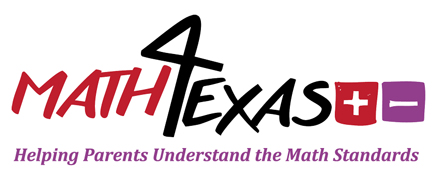In Fourth Grade
-
Fourth grade students represented and solved addition and subtraction of fractions with equal denominators, added and subtracted whole numbers and decimals, multiplied and divided with fluency one- and two-step problems, and represented multi-step problems involving the four operations. Students also used compatible numbers to round to the nearest 10, 100, or 1,000.
Multiplication included multiplying four-digit number by a one-digit number and two-digit number by a two-digit number. Division included a four-digit number dividend by a one-digit divisor.
In Fifth Grade
-
Fifth grade students will add and subtract positive rational numbers, estimate problems involving addition, subtraction, multiplication, and division, and recognize the differences between additive and multiplicative patterns in a table or graph. Students will also represent and solve problems involving fractions, decimals, and whole numbers within the four operations.Multiplication at fifth grade involves multiplying three-digit by a two-digit number, decimals to the hundredths, and fractions with area models.Division at fifth grade involves dividing whole numbers by a unit fraction, four-digit dividend and two-digit whole number divisors.
In Sixth Grade
-
Sixth grade students will add, subtract, multiple, and divide integers, multiply and divide positive rational numbers, and apply qualitative and quantitative reasoning to rates and ratios. Students will also solve problems related to percents that involve parts of a whole and a whole, represent a given situation using y = kx or y = x + b, and model and solve one-variable, one-step equations and inequalities.







